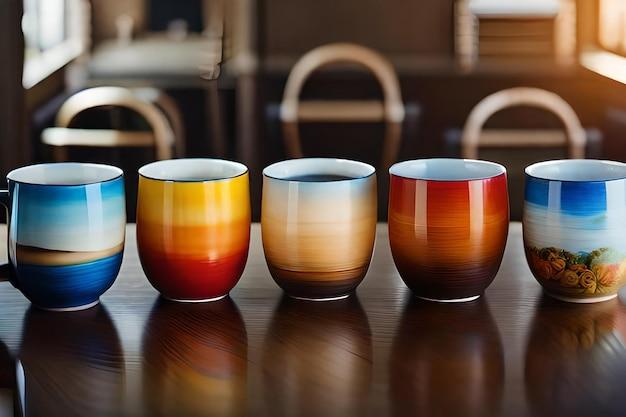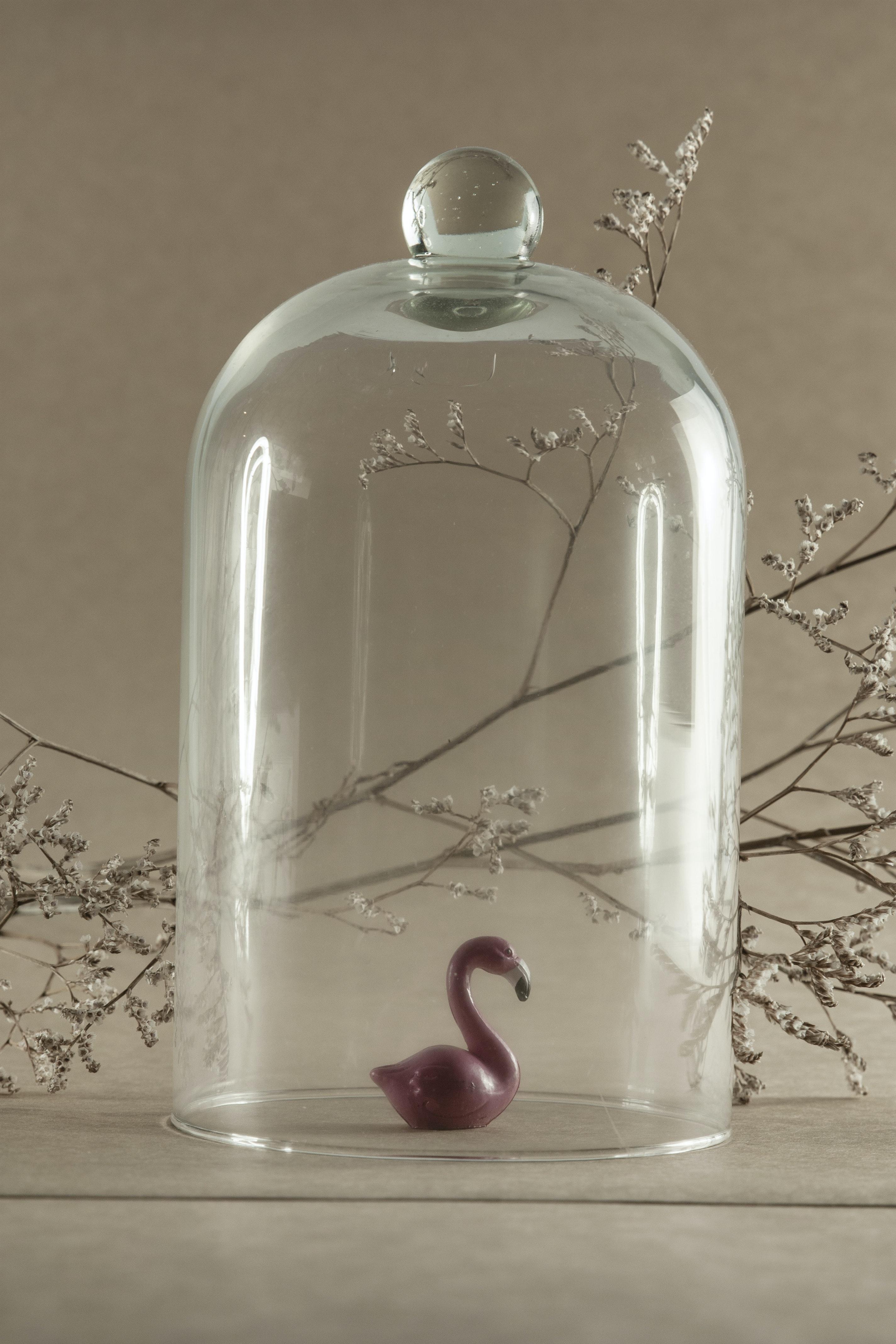As we go about our daily lives, we often encounter a wide range of materials without really giving them much thought. One such material is glass ceramics – a fascinating combination of glass and ceramics, which offers unique properties and versatility. From kitchenware to advanced technology, glass ceramics are utilized in various applications that enhance our lives in numerous ways.
In this blog post, we will delve into the world of glass ceramics, exploring their formation, properties, and most importantly, their practical uses. Whether you’re curious about the difference between glass and glass ceramics, the advantages and disadvantages of ceramics in general, or the specific applications of these distinctive materials, we’ve got you covered. So, let’s dive in and discover the exciting ways in which glass ceramics contribute to our daily experiences!
Stay tuned as we uncover the answers to commonly asked questions like, “What are the three types of ceramics?” and “Why are glass-ceramics stronger than regular glass?”. By the end of this post, you’ll have a newfound appreciation for the versatility and importance of glass ceramics in our modern world. So, grab your favorite beverage, get comfortable, and join us on this enlightening journey!
What Are Glass Ceramics Used For
Glass ceramics may sound like something out of a laboratory, but these versatile materials have found their way into various areas of our everyday lives. From your morning cup of coffee to the tiles in your bathroom, glass ceramics are quietly making our lives easier and more beautiful. So, what exactly are glass ceramics used for? Let’s explore some of their fascinating applications.
1. Cookware and Kitchen Appliances
Glass ceramics have revolutionized the way we cook. With their exceptional thermal properties, they are perfect for cooktops and ovens. Whether you’re simmering a savory stew or searing a sizzling steak, glass ceramic cooktops provide reliable heat distribution and responsiveness. Plus, their smooth and sleek surface makes cleanup a breeze – no more scrubbing for hours to remove stubborn stains!
2. Dental Restoration
Believe it or not, glass ceramics have even found their way into our mouths. With their remarkable aesthetic qualities and biocompatibility, glass ceramics are commonly used in restorative dentistry. From crowns and veneers to bridges and implants, these materials create natural-looking smiles while ensuring durability and longevity. So, the next time someone flashes you a perfect set of pearly whites, there’s a good chance they owe it to glass ceramics!
3. Household Décor
Glass ceramics are not only practical but also visually appealing, making them an excellent choice for household décor. From decorative tiles and countertops to elegant vases and tableware, their versatility knows no bounds. Give your living space a touch of sophistication with glass ceramic accents that effortlessly blend beauty and functionality. Who knew that a bowl or plate could be such a work of art?
4. Aerospace and Defense
When it comes to high-performance applications, glass ceramics are truly out of this world. Literally! These materials find extensive use in aerospace components, such as thermal protection systems for spacecraft. Their ability to withstand extreme temperatures, coupled with their excellent mechanical properties, makes them ideal for shielding against the intense heat experienced during re-entry into Earth’s atmosphere. Talk about taking a literal “hot seat”!
5. Electrical Insulation
Glass ceramics play a crucial role in the safe and efficient transmission of electricity. Thanks to their exceptional insulating properties, they are used in the production of electrical insulators and high-voltage applications. So, the next time you switch on a light or charge your phone, you can thank glass ceramics for facilitating the flow of electricity while keeping you safe from potential electrical hazards. They truly deserve a “shocking” round of applause!
6. Automotive Components
Glass ceramics have also found their way under the hood of our cars. From spark plug insulators to engine components, these materials excel in high-temperature environments. Their ability to withstand the intense heat and thermal fluctuations within an engine ensures reliable performance and longevity. So, the next time you rev up your engine and hit the open road, take a moment to appreciate the hidden role of glass ceramics in making your journey smoother and more enjoyable.
So, there you have it – glass ceramics have infiltrated our lives in more ways than we may have realized. From our kitchen to outer space, their applications are as diverse as they are impressive. So, let’s raise a glass (ceramic) to these unsung heroes of innovation and engineering! Cheers!
FAQ: What Are Glass Ceramics Used For
Frequently Asked Questions about Glass Ceramics
What is ceramics and its application?
Ceramics are a broad category of materials made from non-metallic minerals. They are known for their ability to withstand high temperatures and their brittleness. Ceramics have a wide range of applications, including pottery, construction materials, electronic components, and even dental implants.
What are the 3 types of ceramics?
The three main types of ceramics are earthenware, stoneware, and porcelain. Earthenware is the oldest type and is known for its porous nature. Stoneware is denser and more durable, while porcelain is the most refined and translucent.
What makes ceramic spark plugs crack?
Ceramic spark plugs can crack due to a number of factors, such as thermal shock, mechanical stress, or poor installation. The extreme temperatures and pressures within an engine can cause the ceramic material to expand and contract, leading to cracks and failure.
What are glass-ceramics and how are they formed?
Glass-ceramics are a special type of ceramic material that is formed through controlled crystallization of glass. They start as a molten glass that is then carefully cooled and reheated to encourage the growth of crystals within the glass matrix. This process gives glass-ceramics their unique combination of glassy and crystalline properties.
What are the advantages and disadvantages of ceramics?
Ceramics have several advantages, including high strength, resistance to heat and chemicals, and longevity. However, they are also prone to brittleness and can be challenging to shape or repair.
What is glass-ceramics made of?
Glass-ceramics are made primarily from silica, with various additives to enhance their properties. These additives can include alumina, titania, and others, depending on the desired characteristics of the final material.
What are the 4 types of ceramics?
The four main types of ceramics are oxides, carbides, nitrides, and silicates. Oxides, such as alumina and zirconia, are the most common and widely used. Carbides, like silicon carbide, are known for their hardness. Nitrides, such as silicon nitride, exhibit excellent thermal and electrical conductivity. Silicates, such as porcelain and earthenware, are the most familiar type of ceramics.
What is the difference between glass and glass-ceramics?
The main difference between glass and glass-ceramics lies in their structure. Glass has a disordered molecular arrangement, whereas glass-ceramics have a combination of glassy and crystalline phases. This gives glass-ceramics a unique blend of properties, including the strength and durability of ceramics plus the transparency of glass.
What are disadvantages of ceramics?
Although ceramics have many advantages, there are a few notable disadvantages. They can be brittle and prone to cracking, making them less suitable for applications requiring impact resistance. Additionally, their high melting points can make shaping and processing ceramics more challenging than other materials.
What are 3 uses of ceramics?
Ceramics find applications in various industries and everyday life. Some common uses of ceramics include kitchenware like plates and bowls, bathroom fixtures such as sinks and toilets, and electrical insulators for wiring and electronics.
Which is stronger glass or ceramic?
Ceramics are generally stronger than glass due to their crystalline structure, which provides improved strength and hardness. However, the specific properties of ceramics and glass can vary depending on the composition and processing methods used.
Does ceramic break easily?
Ceramics can be brittle and prone to breaking if subjected to excessive stress or impact. However, modern advancements in ceramic engineering have resulted in stronger and more durable ceramics that can better withstand mechanical forces.
What are the applications of ceramics?
Ceramics have a wide range of applications due to their unique combination of properties. They are used in the manufacturing of advanced electronics, aerospace components, heat-resistant coatings, cutting tools, medical implants, and even in the construction of heat shields for reentry vehicles.
Why is glass not a ceramic?
Glass is not considered a ceramic because it lacks the characteristic crystalline structure of ceramics. While both glass and ceramics are made from non-metallic minerals, glass has a disordered atomic arrangement and does not exhibit the same level of strength and thermal resistance as ceramics.
Do ceramic spark plugs break glass?
Ceramic spark plugs are designed to withstand the extreme temperatures and pressures within an engine. While they are not impervious to damage, they are unlikely to break glass under normal operating conditions.
How do we use ceramic and glass?
Ceramics and glass have countless applications in our daily lives. From using ceramic plates and glass cups for serving food and drinks to relying on glass windows and ceramic tiles for our homes, these materials play a significant role in enhancing our living spaces and enabling technological advancements.
Is glass tile more expensive than ceramic?
The cost of glass tile versus ceramic tile can vary depending on the specific type and quality of the materials. Generally, glass tile tends to be more expensive than ceramic tile due to the additional manufacturing processes required to create the desired aesthetic and transparency of glass.
Why are glass-ceramics strong?
Glass-ceramics are strong because of their unique microstructure. The controlled crystallization process results in a material with a fine network of interconnected crystals embedded in a glassy matrix. This combination of phases gives glass-ceramics enhanced strength and resistance to thermal shock.
Does ceramic include glass?
Ceramic materials can include glass, but not all ceramics are made from glass. Glass is just one type of ceramic, and many other ceramics have different compositions and properties.
What are the advantages of ceramics?
Ceramics offer several advantages, including high strength, thermal and chemical resistance, electrical insulation, and longevity. They are also biologically inert and can be easily sterilized, making them ideal for medical and dental applications.
Is a spark plug ceramic or porcelain?
Spark plugs typically have a ceramic insulator surrounded by a metal shell. The ceramic portion provides high electrical insulation and heat resistance, allowing the spark plug to function effectively in the extreme conditions of an engine’s combustion chamber.

